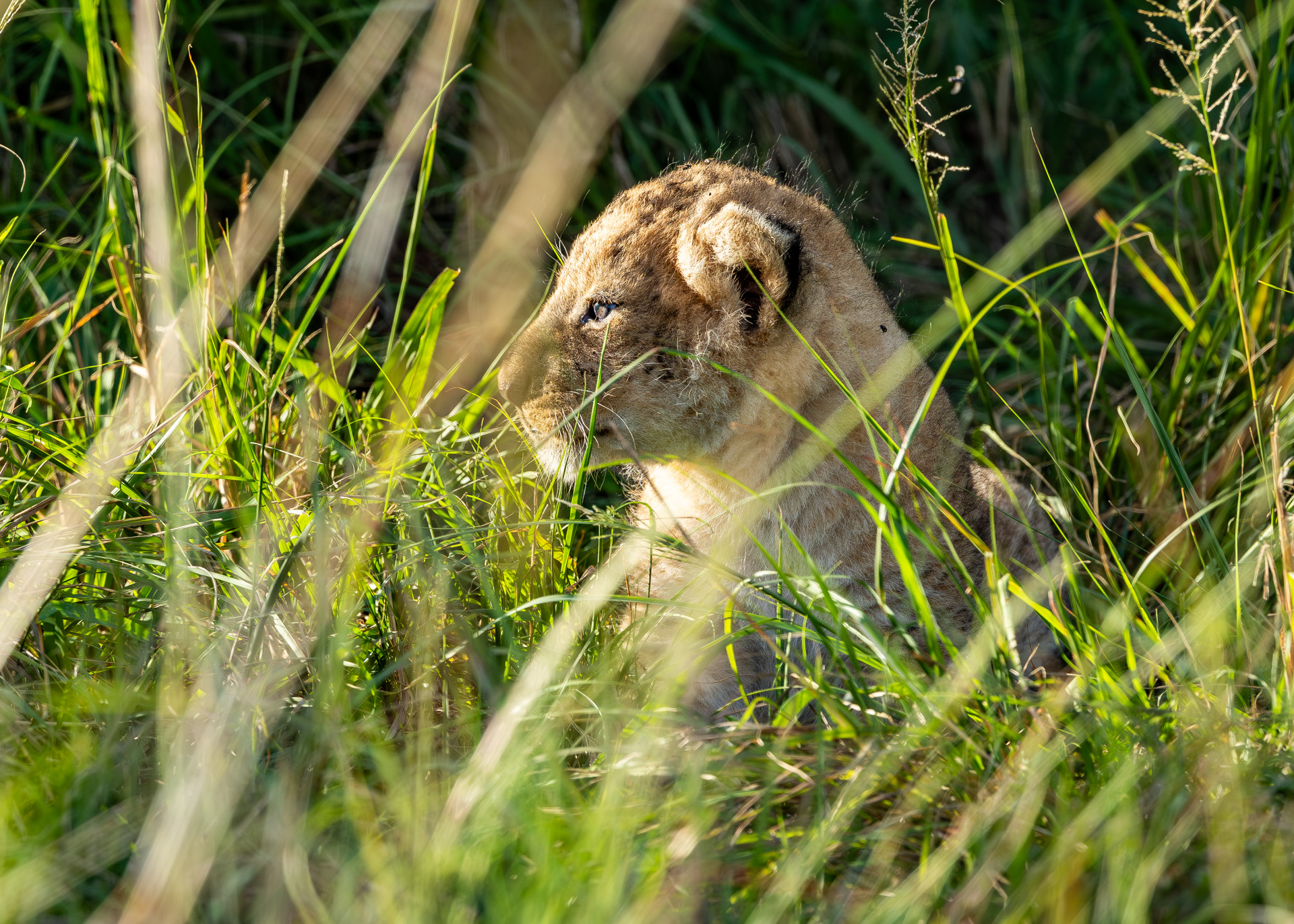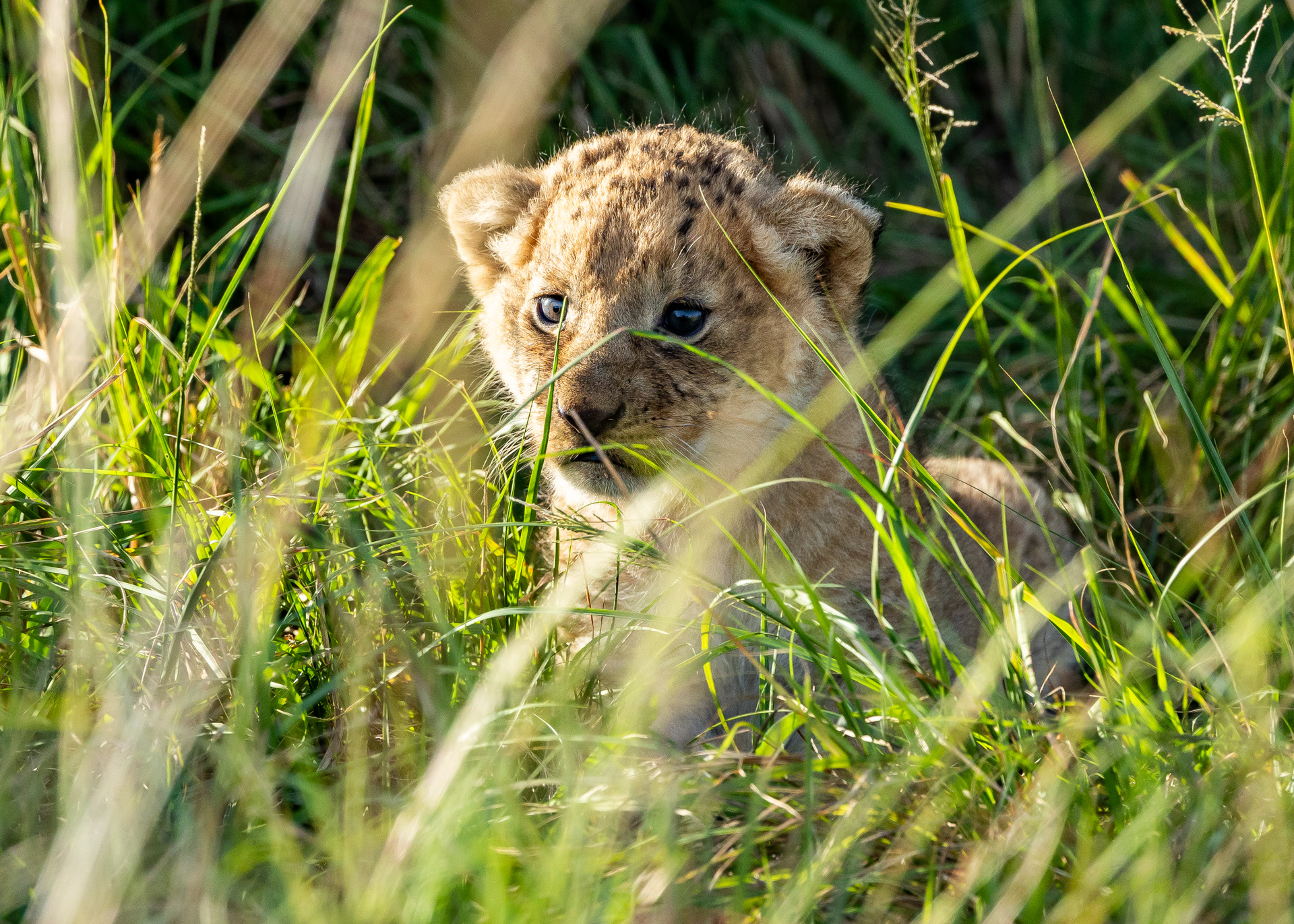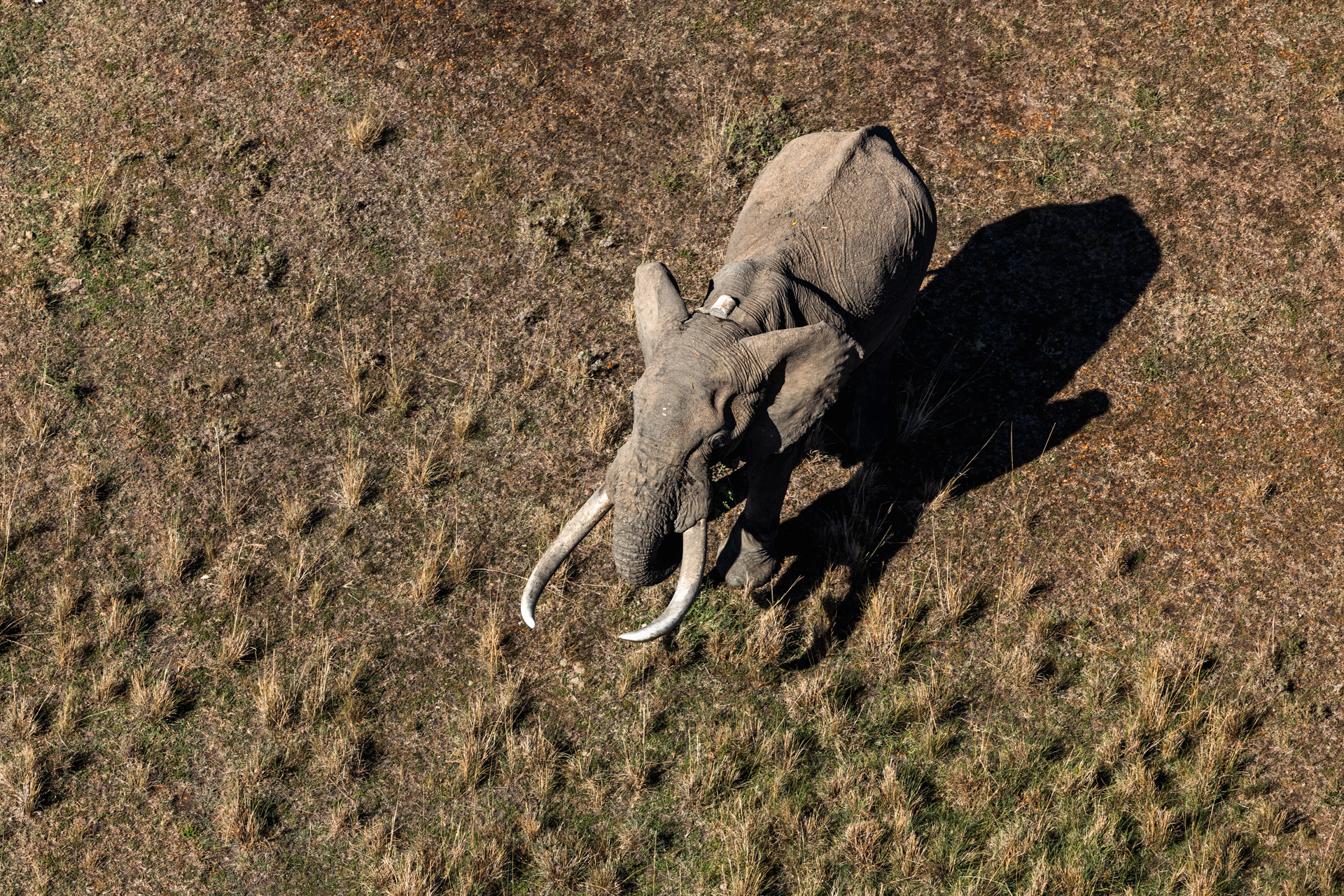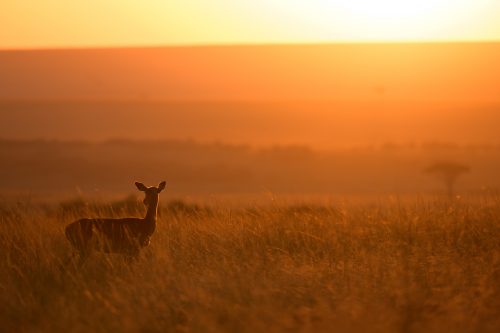Hues of blue and green crash into each other on the horizon as the rains come from the east following the sun. The short rains, also referred to as vuli in Swahili, are upon us and the Triangle is glowing with colour. Most evenings are filled with the sound of thunder and animals are thriving in the abundance of the fresh grass. Sightings this week remind us that there is never a bad time to visit the Mara — rain or shine, Migration or not — there is a chance you could see any variety of rare and wild encounters in nature.
Near the lodge, the Craibia brownii have begun to flower once again, the last time being January of this year. The petals of the white flowers fill the air with a sweet aroma as they cover the puddles from the recent rains on the way into the Park.
This week, we joined Stratton, from the Mara Raptor Project, for a drive near the Maji ya Ndgege area, specifically on the lookout for pangolin. This rare nocturnal creature is the world's most trafficked mammal — I had only heard of the animal at this point in my career and had never seen one in my 20 years in Kenya. In the Mara, we are fortunate to have two of the three different species found in East Africa, the giant and the ground pangolin. Up on the escarpment near the lodge, you would mostly find the giant pangolin but in the park, in the more open savannah, you would find the ground. After a quick encounter with a shy young rhino that was consistently keeping distance between us, out of a bush on our right-hand side, we spotted a pangolin. Several feet long, it slowly moved through the grass and I had just enough time to grab my camera and capture a few once-in-lifetime shots.
One of the positive things we can do as photographers and storytellers is raise awareness about these animals and the struggles that they face. The pangolin can only be found in parts of Africa and Asia and it is highly endangered — their scales are used for many of the same reasons as rhino horns, making them a big target for poachers. Many of their habitats are also affected by fences being put up, which they often become entangled in.
Angama Guide, Jeremy, along with many guests had great luck spotting leopards this past week. The shy Maji Machafu female was seen hiding behind some branches in a tree and the Salt Lick female was also seen in her territory. In 2021, we reported on the Maji Machafu female's cub who was killed by Shujaa. Both these leopards are estimated to be over five years old and looking in great shape.
Little bee-eaters are able to consume animals that can sting and sometimes even have venom — these unique adaptations over time allowed for this ability, hence the name. These social birds are tremendously skilled in the air as they quickly grab their prey. In other avian news, the migrating birds have arrived in Kenya to stay for the summer season while others are here as a stopover on their way further south. The European roller, with its incredible aerial dexterity, has also been seen. A common food for these skilled hunters is grasshoppers, especially during the time of rain and longer grass.
There are genetic variations that happen over time, sometimes so small that they're not easily noticed, but in the elephant population because of their sheer size, some of these variations can be easy to spot. We came across some ellies with interesting tusks pointing in opposite directions.
Robert, another member of the Photographic Studio, was joined by our colleague, Charlotte, this week and they had a wonderful sighting of some lion cubs that were just a few weeks old. Found near the 50km Junction along the main road towards the border, their eyes were still grey and cloudy and they had dark spots all over their fur to aid in camouflage; as they get older their eyes will turn more amber and the spots will fade away. It is still too early to tell whether these cubs are male or female.



Shaheen Lilani, an Angama guest, went on a helicopter flip this week a year ago. This special experience for guests with the Mara Elephant Project is both beautiful and hugely informative as they explain the work they do from the skies, including collaring elephants like this one.
Filed under: This Week at Angama
Subscribe for Weekly Stories
Comments (0):

Rates & Availability